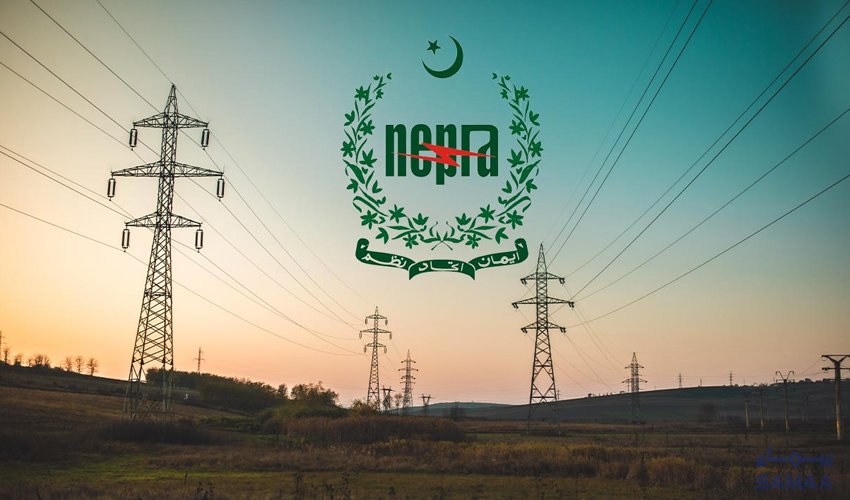NEPRA has given the green light to an increase in power tariffs, imposing an additional cost of Rs 4.56 per unit on consumers’ bills for February 2024.
In a recent development, the National Electric Power Regulatory Authority (NEPRA) has given the green light to an increase in power tariffs, imposing an additional cost of Rs 4.56 per unit on consumers’ bills for February 2024. This decision comes as a result of fuel cost adjustments (FCA) since December 2023, adding more pressure to the already financially burdened public.
The approved tariff hike is set to be universal, impacting all consumer categories except Electric Vehicle Charging Stations (EVCS) and Lifeline consumers, as specified in NEPRA’s official notification. However, for the majority of consumers, this news spells out a gloomy outlook for their monthly budgets.
The root of this surge in tariffs can be traced back to the government’s reduced reliance on renewable and cost-effective electricity production in December 2023. While this shift may have had its reasons, it has undeniably contributed to increased costs, subsequently leading to the current spike in tariffs.
As a result of this tariff adjustment, consumers are bracing themselves for a significant financial burden, estimated to be around Rs 33.88 billion. When factoring in the 18% General Sales Tax (GST), this figure could escalate to nearly Rs 40 billion. This looming financial strain is causing concern among households already grappling with soaring living expenses.
The decision to increase power tariffs comes at a time when many consumers are facing unprecedented economic challenges, and this move is expected to exacerbate their financial woes. With household budgets stretched thin, the additional cost per unit is likely to create further hurdles for families trying to make ends meet.
As the country navigates these economic challenges, consumers are left with no choice but to adapt to the new reality of increased power tariffs. The impact of this decision is not only financial but also raises questions about the government’s long-term energy policies and their implications on the average citizen’s cost of living.
In the face of these developments, consumers are hoping for transparent communication and mitigation measures to alleviate the strain on their budgets. The coming months will likely see continued discussions and debates surrounding the tariff hike as stakeholders assess the broader implications on the economy and the daily lives of the public.
